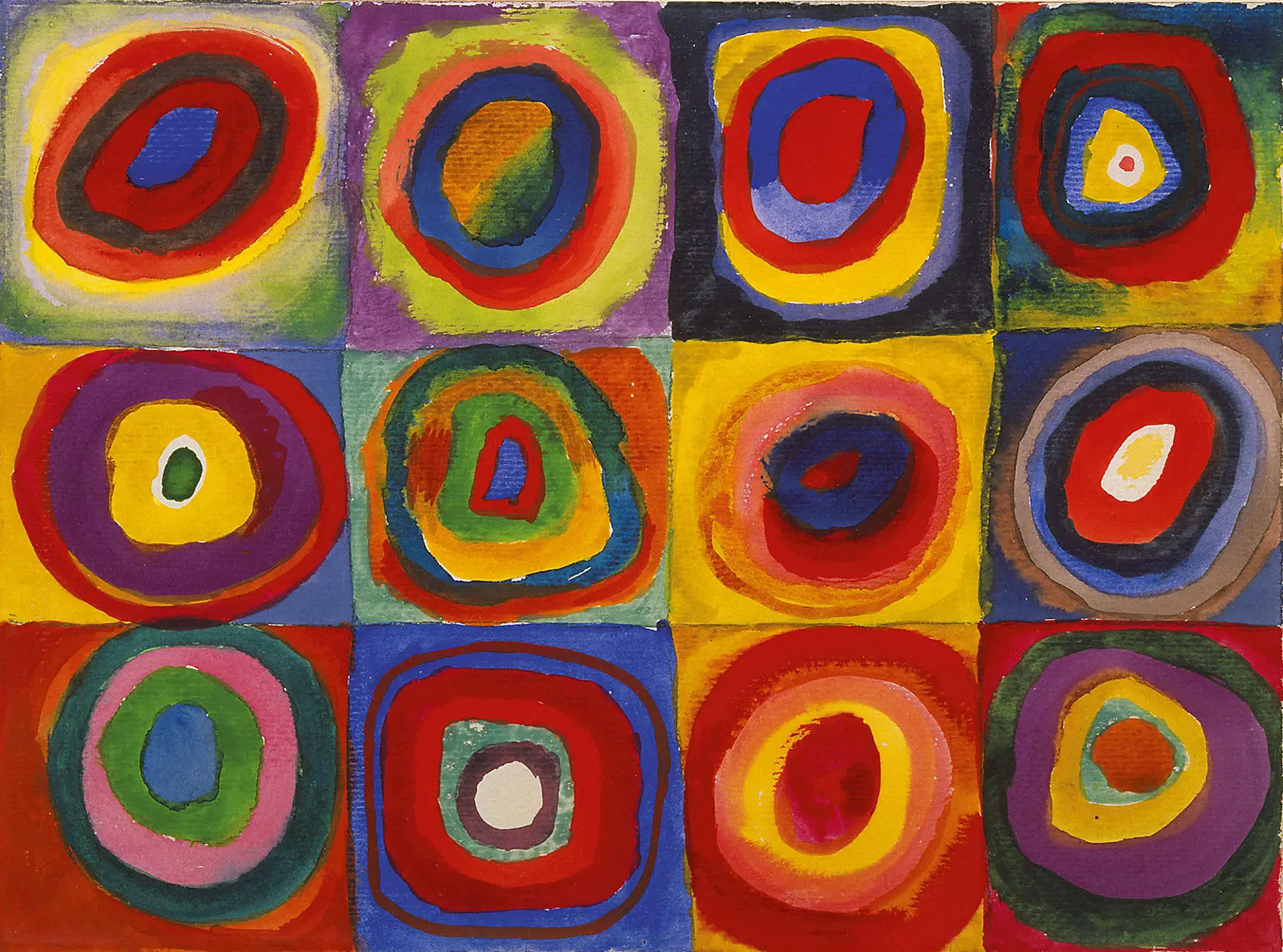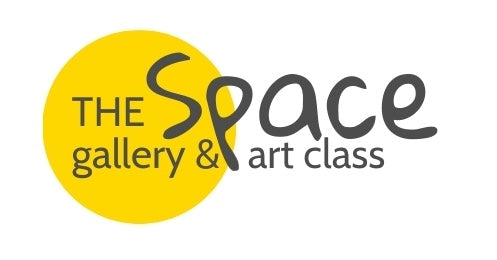
What is abstract ART?
Share
Abstract Art also called modern art, is the art that doesn’t look like real life. The main purpose of abstract art is to let the viewer interpreting the meaning. Artists paint shapes, colours and forms to achieve its effect. According to Tate “abstract is not representational, it could be based on a subject or may have no source at all in the external world”, a viewer will maybe think it is a total accidental mess of paint and for someone else, it will have an impact that strikes her/him.
Let’s start with a brief of history…
Abstract paintings appeared during the late 19th. In the beginning, many renowned artists followed the methods of classical realism with perspective, shading and other techniques to create historical scenes and subject matter.
 Squares with Concentric Circles - 1913 - Kandinsky - Credit
Squares with Concentric Circles - 1913 - Kandinsky - Credit
But at the turn of the 20th century, many artists refused to follow rules from their current movement and started to create paintings that didn’t refer to the real world.
In these early days, artists started breaking the idea that painting had to represent something. For example, the impressionist work looks unfinished, the fauvism didn’t use normal colour, and cubism distorted everything. These artists showed that colour, line, form and texture could be the subjects for the painting. This brings us to abstract art.

Tableau I, 1921 - Piet Mondrian - https://www.piet-mondrian.org/
Basically abstract art doesn’t have a recognizable subject, they are not trying to have their work look like something, instead, they focus on colour and form. It is non-objective and non-representational.
Abstract art can be geometric such as the work of Mondrian, or more fluid such as Kandinsky. We can also go further and include figurative abstractions, which represents thing like emotions, sounds or experiences, these are big simplifications of reality.
Abstract art became a hotbed activity in New York during the 1930’s with the abstract expressionism, it is known for its messiness, in extreme applications of paint. For example, Jackson Pollock invented a new dramatic way to apply paint in an experimental manner.

Courtesy of www.Jackson-Pollock.org - Number One, 1950 (Lavender Mist) by Jackson Pollock
Abstract expressionism can also be divided into two categories: Action painting (Willem de Kooning, Lee Krasner…) and colour field (Mark Rothko, Jules Olitski…).
How can we appreciate abstract art?
- A good piece of work would be able to hold viewers attention and give an emotional response.
- Ask yourself what are the elements, colours, and textures of the painting?
- What emotions does the painting evoke me? Is the title of the painting influencing me?
Artworks can mean many different things for a person, giving him or her a lot of freedom and room for creativity. Art abstract allows people to explore things that they see in their minds rather than with their eyes.

Abstract art allows you to be free, to express your personality…
How do you feel about abstract art?
Spark Your Creativity With Art Classes in Sydney
With so many fantastic art classes for kids and adults, with us, you'll never run out of activities! If you would like to request a special workshop, please feel free to contact us.
Be the First To Hear About Our Upcoming Exhibitions
THE SPACE gallery is a contemporary art gallery and workshop in Rosebery. We enjoy sharing local and international artists with the community and would love to see you at our next exhibition. Sign up for our newsletter or get in touch to find out more about our upcoming art shows in Sydney.
Reference:
- Canvas.saatchiart.com
- Tate.org.uk
- Art-is-fun.com
- Virtosuart.com
